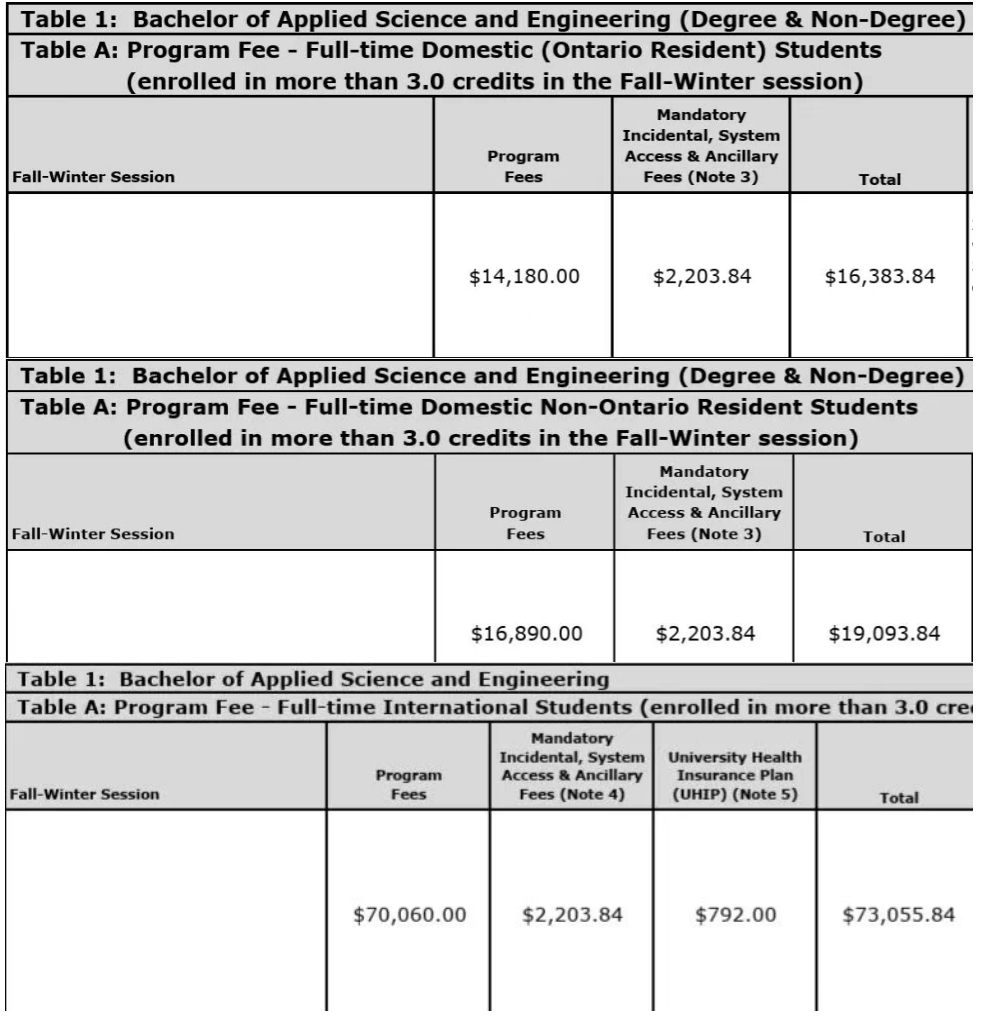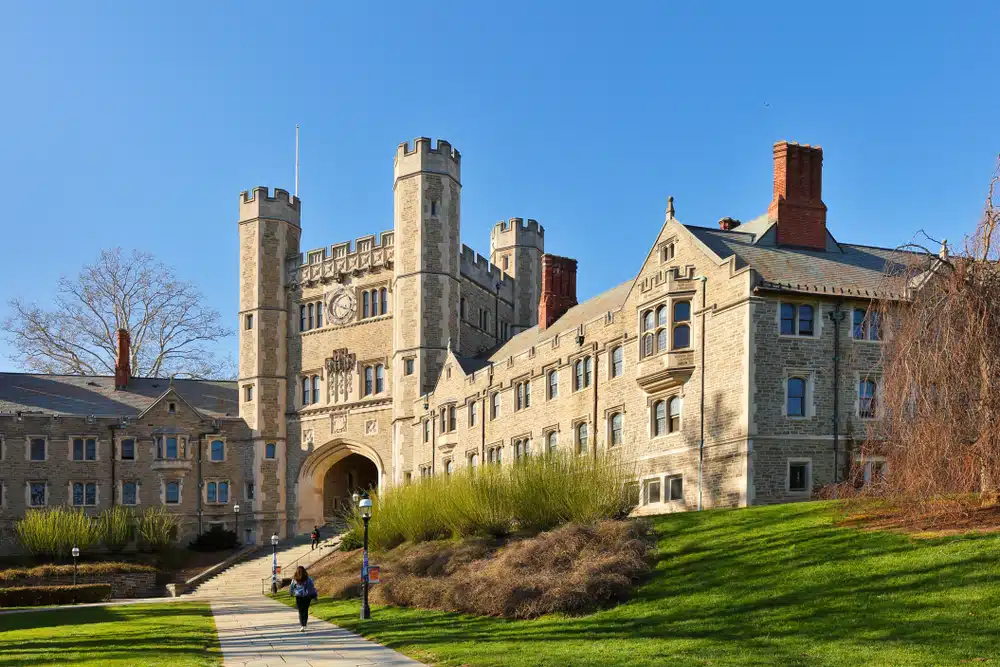A wave of change is sweeping across Ontario’s post-secondary landscape. According to the Toronto Star, the Ontario government is currently reviewing its funding model for colleges and universities across the province, with reforms potentially coming into effect as early as next spring. Among the proposed changes is the potential removal of a seven-year-long tuition freeze—a move that could send tuition rates surging.
Amid growing financial strain and reduced revenue from international student tuition, several Ontario institutions have already resorted to laying off faculty, reducing course offerings, and even closing campuses. Local tuition fees, frozen since 2019, remain among the lowest in Canada, further deepening institutional budget shortfalls.
To address these challenges, the government has launched a province-wide consultation process with university presidents, with the goal of redesigning Ontario’s post-secondary funding strategy to better align with labor market needs and ensure long-term institutional sustainability.
Toronto’s Engineering Program Leads the Tuition Surge
While conversations are still ongoing, signs of change are already visible. The University of Toronto recently released its tuition figures for the 2025–2026 academic year, and the numbers are eye-opening:
-
Ontario domestic full-time students: $16,383.84 CAD
-
Out-of-province Canadian students: $19,093.84 CAD
-
International students: $73,055.84 CAD
That’s right—over $73,000 CAD per year for international students enrolled in U of T’s flagship engineering program. This figure does not include additional living costs, which can easily add another $20,000 or more annually. All in all, one year at U of T’s engineering school could now cost upwards of $93,000 CAD, or roughly ¥500,000 RMB.
Social media reactions from students and alumni have been swift:
“International tuition hit 70k? Unreal.”
“Back when I studied, it was around 30k. Feels like the price doubled in less than a decade.”
“It’s expensive, yes—but a U of T engineering degree pays off. You’ll make it back in 5 years.”
The Financial Squeeze Behind the Policy Shift
Ontario’s universities have long struggled under a broken funding model. The “corridor funding system,” which provides provincial funding based on a fixed enrollment midpoint, means that schools receive no additional funding for enrolling more students. Universities are forced to rely heavily on tuition, especially from international students, to close the funding gap.
Since 2016, this corridor funding threshold has remained unchanged, despite rising operating costs. At the same time, the federal government’s move to limit new international student permits has drastically reduced one of the primary sources of institutional revenue.
According to provincial officials, over $2 billion CAD has already been injected into Ontario’s higher education system in the past year, but university leaders argue it still falls short of actual needs. A government-appointed expert panel had previously recommended an immediate 5% tuition increase and a 10% increase in provincial funding—a proposal that has yet to be acted upon.
What This Means for Local Students
Amid the turmoil, domestic Ontario students may stand to gain from the coming changes. First, even if the tuition freeze is lifted, increases for local students are expected to be modest and potentially supported through enhanced financial aid or loan programs.
Second, as international student quotas shrink and tuition fees soar, competition for top programs is likely to ease for domestic applicants. Programs that were previously saturated with international students—engineering, business, computer science—may now see more spots available for local candidates.
Third, the provincial government has signaled plans to prioritize funding for in-demand fields aligned with Ontario’s labor market needs. This includes nursing, education, skilled trades, and applied technologies—programs that could offer more spaces and support for local students in the years ahead.
A Wake-Up Call for International Students
On the flip side, the latest developments serve as a stark warning to prospective international students. The cost of attending a top Canadian university is increasing rapidly, and return on investment is no longer guaranteed, particularly in light of evolving immigration and work permit policies.
International applicants are strongly advised to:
-
Begin financial planning early and seek scholarship options;
-
Monitor government policy updates closely, especially around PGWP and permanent residency;
-
Consider alternative programs or institutions with lower tuition and a favorable cost-to-benefit ratio;
-
Explore schools outside Ontario where fees and competition may be more manageable.
What Comes Next?
The Ministry of Colleges and Universities is expected to roll out consultations through summer and fall 2025, forming working groups to evaluate long-standing concerns such as course funding weights and the outdated corridor funding model. While some reforms may appear in the province’s 2026 budget, others could unfold gradually in the years ahead.
Although officials have stated that tuition discussions will remain separate from core funding reforms, it’s increasingly clear that a tuition hike is coming—especially at Ontario’s leading institutions.
For local students, this may signal the opening of new opportunities. For international students, it’s a crucial moment to reassess plans, expectations, and financial readiness. One thing is certain: Ontario’s higher education system is heading into a new era of transformation—and everyone needs to be prepared.











Leave A Comment